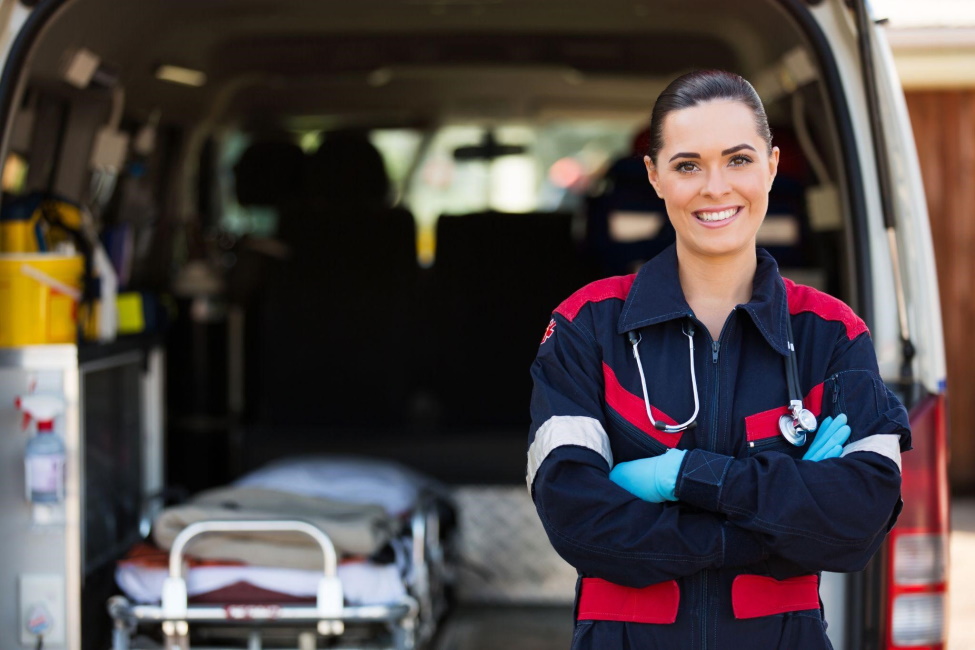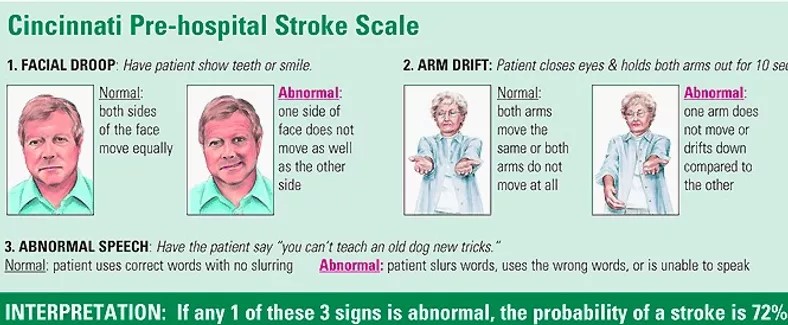
On May 14, 2018, a young biology teacher named Marcus-David Peters who was experiencing a mental health crisis lost his life in a subsequent violent encounter with the Richmond Police. In his memory, the Marcus-David Peters Act went into law across Virginia in 2020. Thus the Marcus Alert was born, which enhances mental health services for people experiencing a crisis related to substance abuse, developmental disability, or mental health. For responders coming to the aid of these callers, using some of the best emergency medical services software solutions can provide critical situational awareness prior to arrival which can deliver happier outcomes. This situational awareness can be in the form of live caller video, pinpoint caller location, silent instant messaging, and more, especially since such technologies are second nature to today’s generation.
For Emergency Medical Service (EMS) personnel coming to the aid of 9-1-1 callers, these EMS heroes often arrive blind to the scene of the emergency, potentially placing themselves or the caller in harm’s way. For example the caller could be experiencing a mental health crisis and be summoning help to a location where she had a number of weapons around her, or near a body of water which could put the first responders in danger. Using modern public safety call center software, both the call-takers as well as the field responders such as EMS personnel can now view live video from the scene, and survey the area prior to arrival, improving safety for all involved.
While avoiding danger for emergency responders is sometimes the challenge, at other times the challenge could be quickly triaging a caller for a serious medical condition such as a stroke. In fact, live caller video (which some emergency call center software solutions support) can be a highly effective method for rapid remote stroke screening, obtaining the exact last known well time, and expediting the time it takes to get the patient to definitive care. This technology can help implement the Cincinnati Prehospital Stroke Scale where the call-taker can ask a caller to repeat phrases, raise both hands, and smile to spot facial droop. These are some of the techniques professionals can use to improve the standard of prehospital stroke care for today’s generation using modern technology.

Whether you are a caller experiencing a mental health crisis, a call-taker, dispatcher, police officer, firefighter, or paramedic, Carbyne is committed to providing you with the latest in modern technology so you can provide the right emergency response to today’s generation, because every person counts.
Carbyne (Headquartered in New York, NY) is a leading global provider of cloud-native mission-critical contact center solutions. Carbyne is one of the largest rich-data providers for emergency response centers, delivering over 250M data points per year all in a unified platform. Our technologies enable emergency contact centers and select enterprises to connect with callers as well as connected devices via highly secure communication channels without needing to download a consumer app. With a mission to redefine emergency collaboration and connect the dots between people, enterprises and governments, Carbyne provides a unified cloud native solution that provides live actionable data that can lead to more efficient and transparent operations and ultimately save lives. With Carbyne, every person counts.